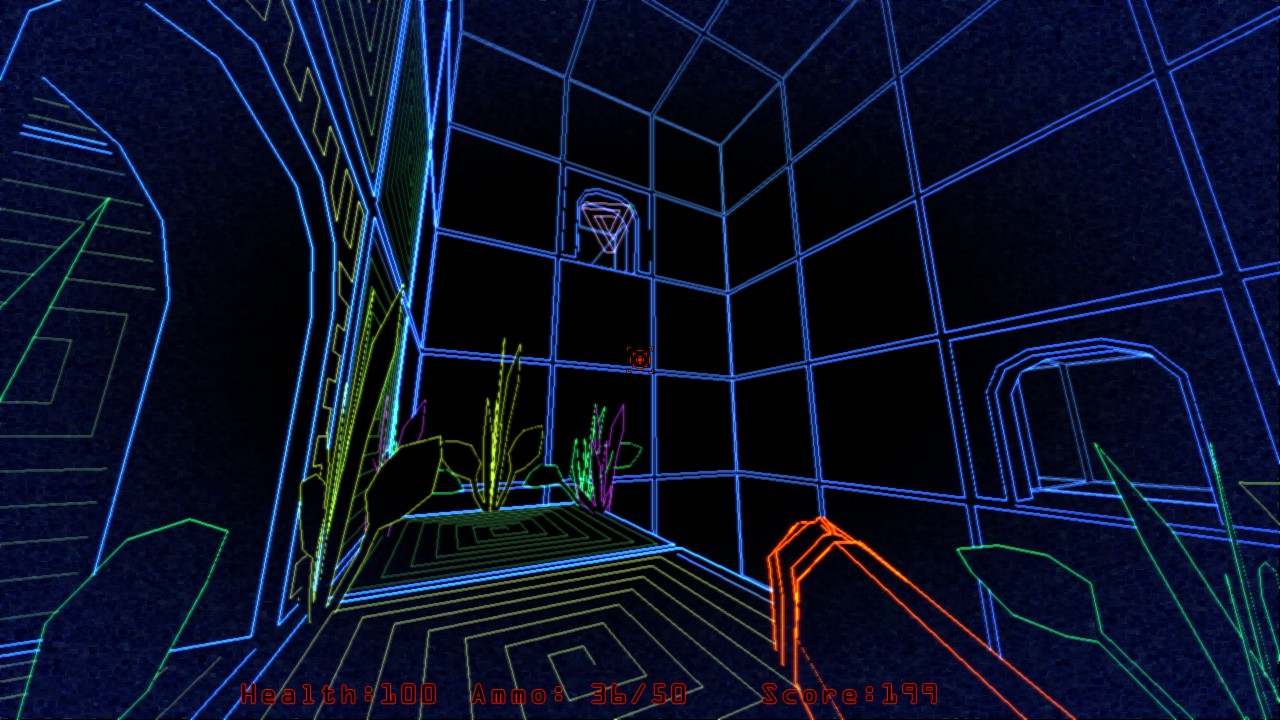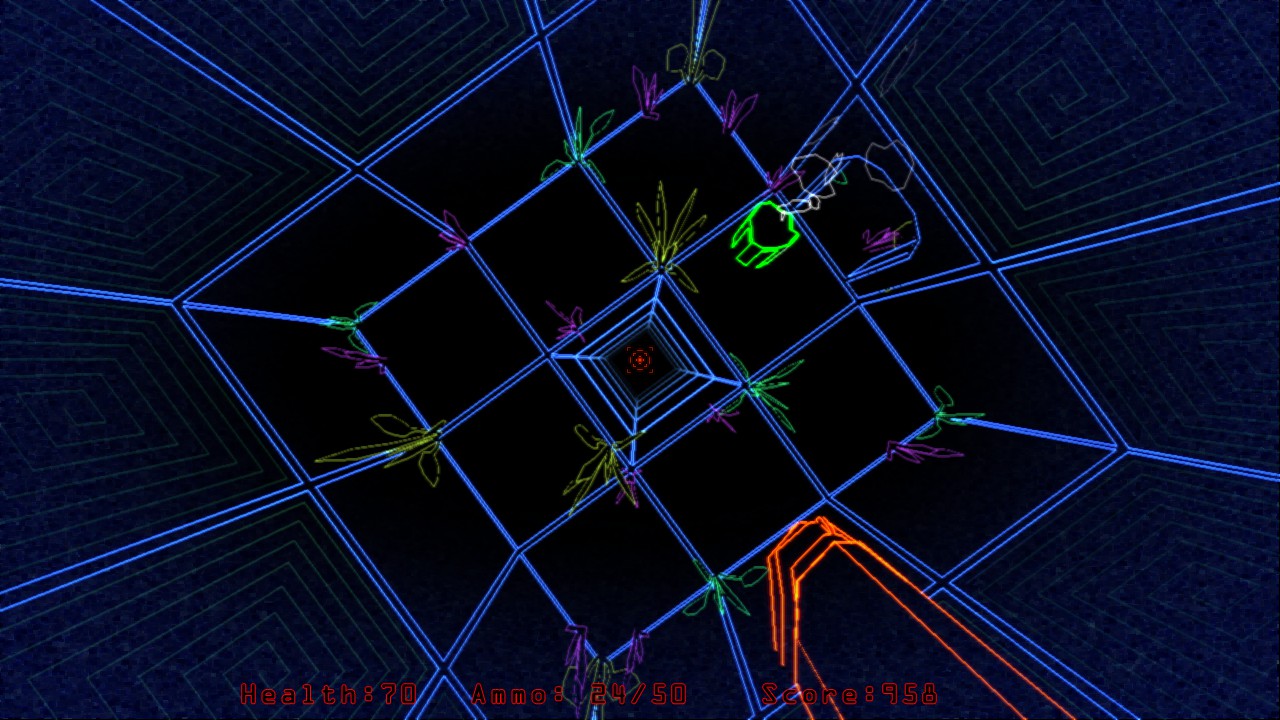Paradox Vector - The Story Behind the Game
by M.K. Schmidt
Paradox Vector is a first person shooter, inspired by the stories of H.P. Lovecraft, the vector graphics games of the early 80's and the impossible geometry of M.C. Escher. Explore impossible passageways and cyclopean structures, while fending off the attacks of the Old Ones and their deadly minions.
The entrance to one of the dungeons in Paradox Vector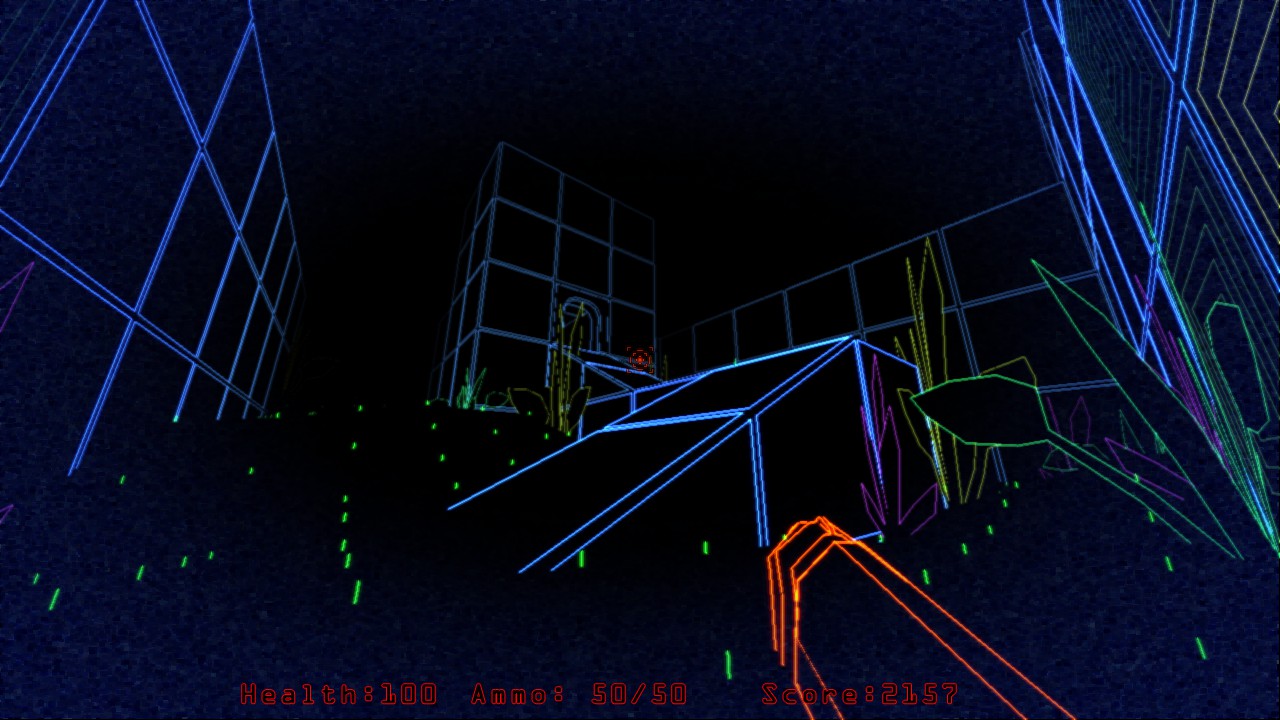
How it Started
I have another game that I have been working on for many years called Star Explorers. That game is on Steam, and it is still an ongoing project of sorts, though I take breaks from it from time to time. Anyway, in Star Explorers I developed a 3D mapping system using "line_draw" commands to render a map of different star sectors the player has visited. It looked a lot better than the previous map system which used textures to show the lines. The main problem was that a texture was made of pixels and that these would change size and shape depending on the position of the camera. I wanted something that looked like it was being displayed by the computer, and line_draw was the solution I needed.
This is the sector map in Star Explorers, it uses simple lines to draw shapes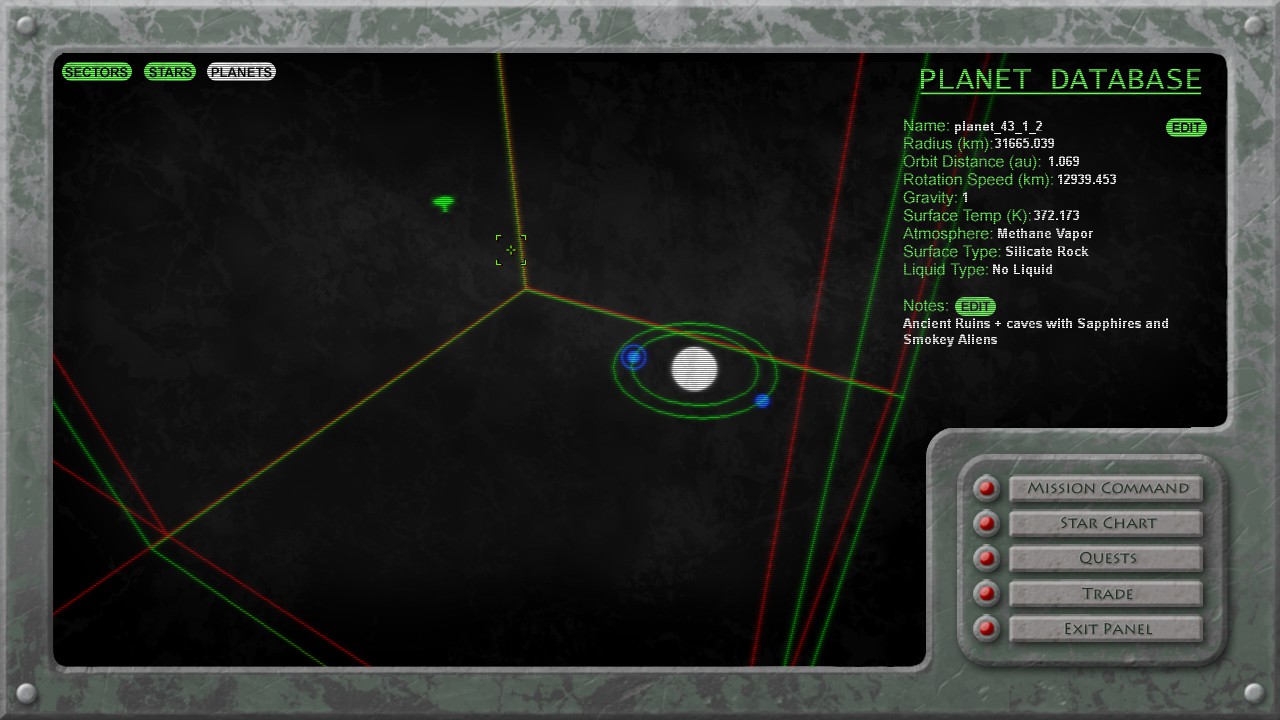
Once I got that working, I realized that I could potentially render a whole game with these line_draw commands. I thought about turning Star Explorers into a "vector graphics" game, but immediately decided against that, as it would be far too much work, and would potentially just alienate the existing player base.
So I began working on a simple maze game, rendered all in straight lines. It reminded me of the games I used to play in arcades in the early 1980's. The more I worked on it, the more I realized I had stumbled upon something fairly unique in the gaming world. I did a bit of research, and found a few other vector based games that have come and gone over the years, but there did not seem to be a popular, trend setting game of this type, out there.
This is a very early screenshot of Paradox Vector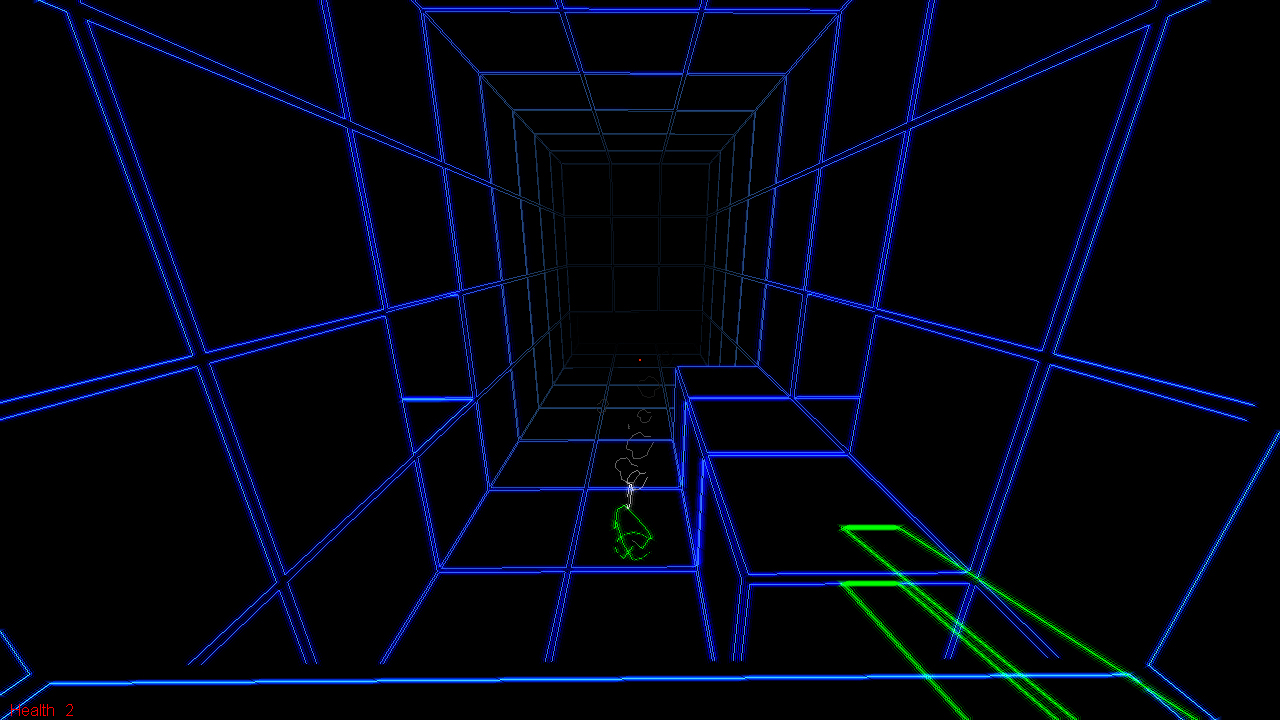
That inspired me to develop it further. I thought of calling it something very typical for a 1980's styled game, like "lazer bots," or "vector bots" or something. As I developed it further, I realized it needed more. Shooting robots in a maze was not enough. I wanted it to blow people's minds. I began brainstorming more ideas, in order to make the game stand out from the crowd.
M.C. Escher and Impossible Geometry
Another idea that I had been thinking about over the years was something that could create a kind of impossible geometric shape in 3D. I have always loved the art of M.C. Escher, and as a fine artist, I had even been working on a series of paintings inspired by his work. My hope, in making these paintings, was to copy his style as much as I could, until, perhaps, I could come up with a way to take it further than Escher himself was able to. I figured it was a long shot, but I would never know until I tried, so I worked on the paintings, and this kind of impossible geometry was on my mind while I was working on the vector art maze game.
These are just a few of my Escher inspired paintings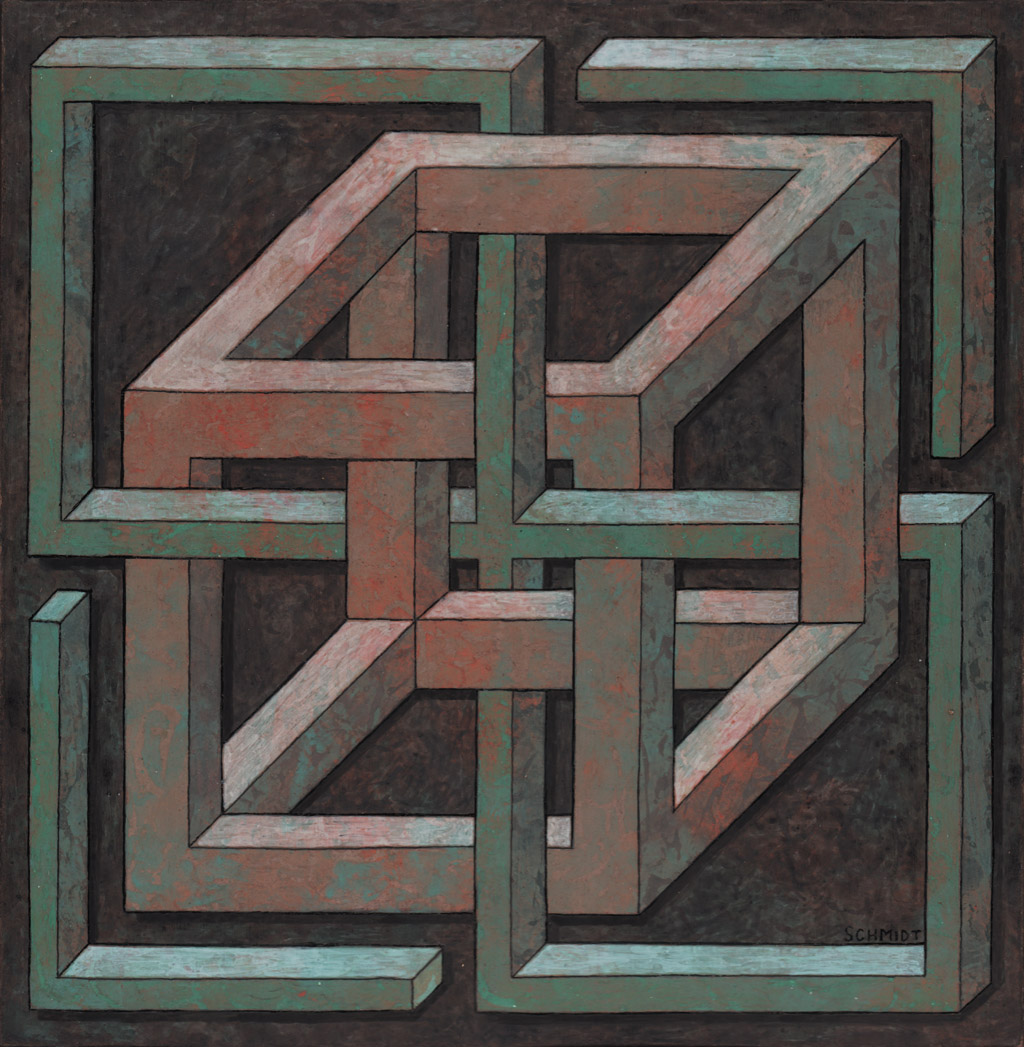
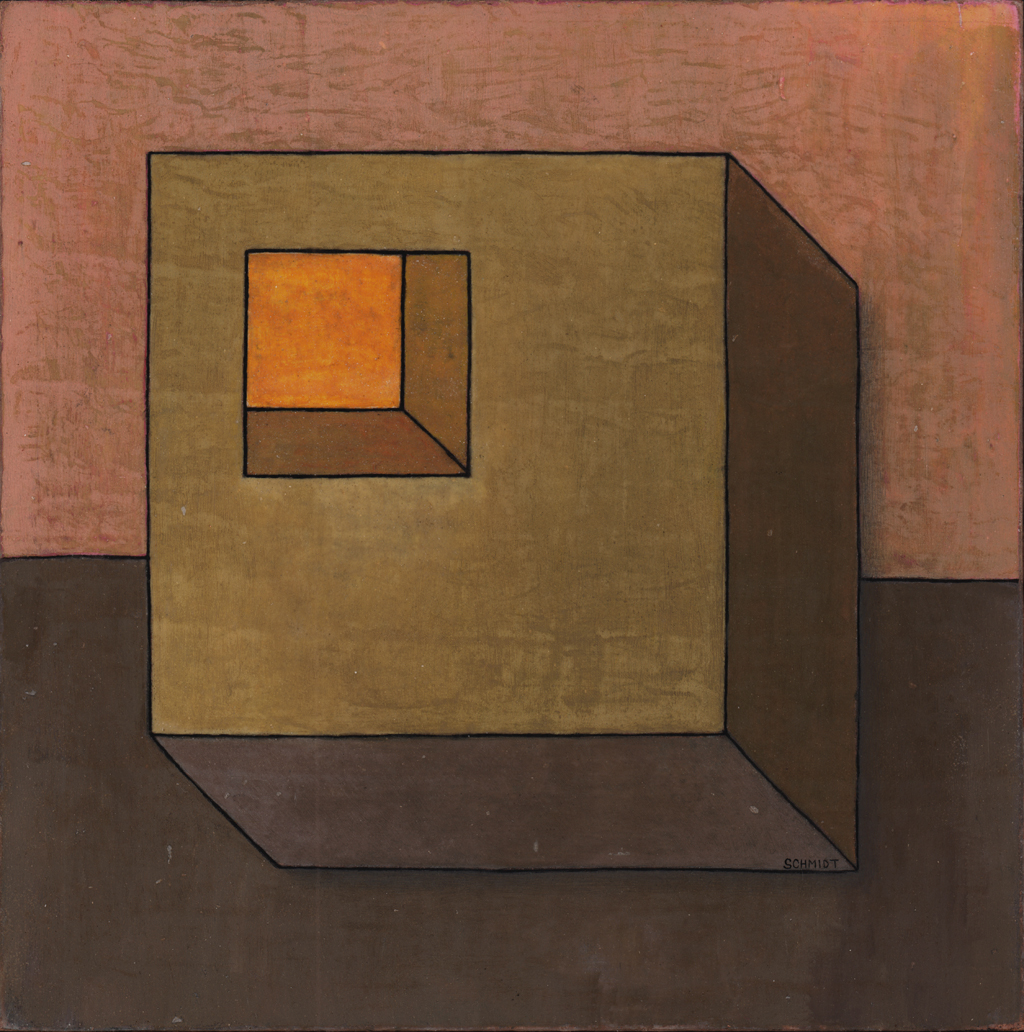
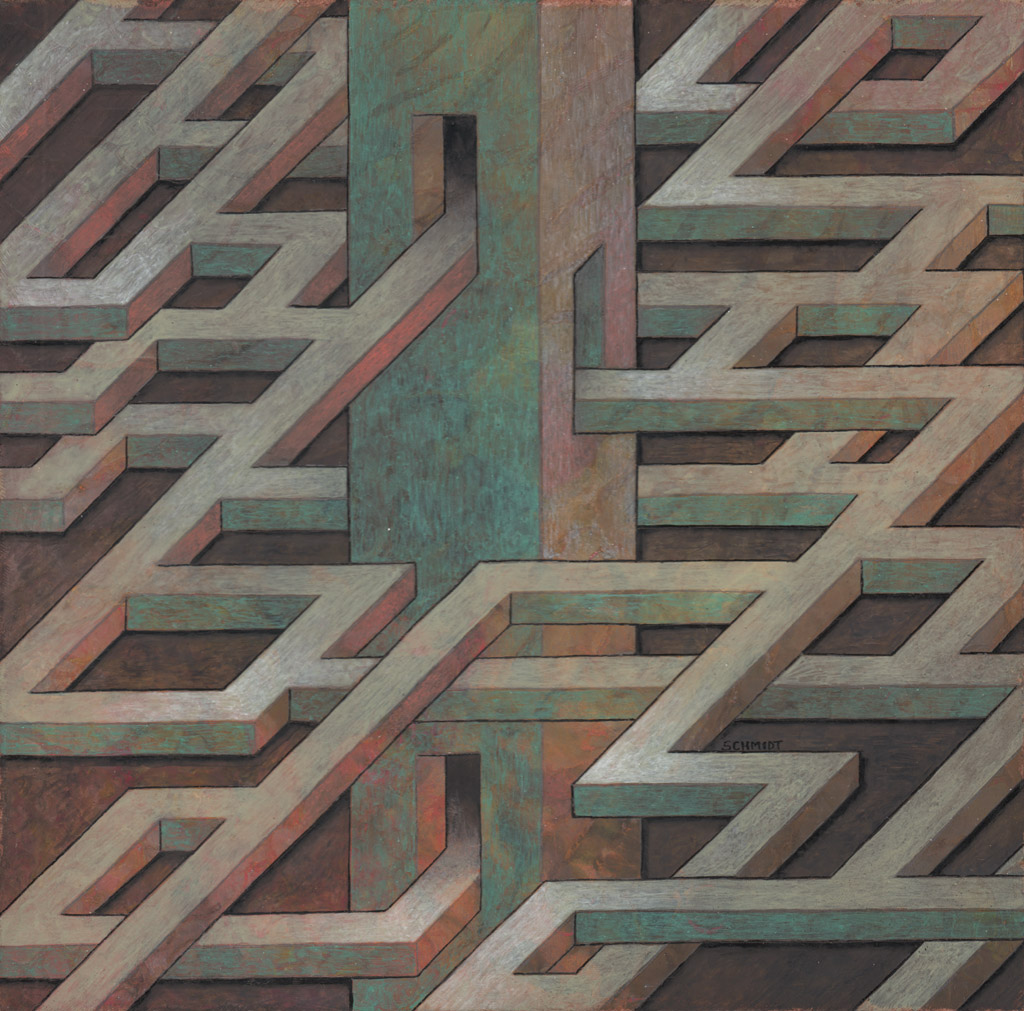
It did not take long to realize that I might bring the work of M.C. Escher into a new direction by making a video game based on the same ideas, thus "Paradox Vector" was born.
Once it was available to actually play, people started giving me feedback. Both positive and negative, I was eager to hear anything, in order to improve the gameplay, graphics and overall theme of the game. I went through several iterations of the Early Access Demo, improving movement, combat and fixing a number of balance issues based on user feedback. One thing I had neglected, however, was a compelling story. I knew I wanted to tell a story with my game, but all I had come up with was some drivel about inter-dimensional antagonists and their plans to shatter reality.
Here is the current trailer for Paradox Vector
H.P. Lovecraft and the Old Ones
H.P. Lovecraft is one of my favorite authors. His world of ancient alien creatures who lurk in the deepest and darkest places have always intrigued me. He also encouraged other writers to use his ideas as a foundation for new works in the same style. I thought that I might just do so, and began re-imagine my game as a Lovecraftian Horror.
At The Mountains Of Madness was always among my favorite of his stories, though there are many others. It lends itself to a more science fiction type interpretation, and I thought I might take the tale of the Old Ones as a kind of starting point for the lore in Paradox Vector. This is where I am now, giving the game a bit of background and adding new creatures and quests in order to give it a compelling story-line.
At the Mountains of Madness describes a race of alien creatures based on radial symmetry, like giant star fish or sea cucumbers, who inhabited the earth millions of years before human beings. These "Elder Things" or "Old Ones" that Lovecraft describes will feature heavily in Paradox Vector. As players navigates the game's unlikely corridors, they will learn more about the history of these creatures and their influence on the world, along with unlocking other, more horrifying mysteries.
An Elder Thing from At The Mountains of Madness - credit to Vischun on Deviant Art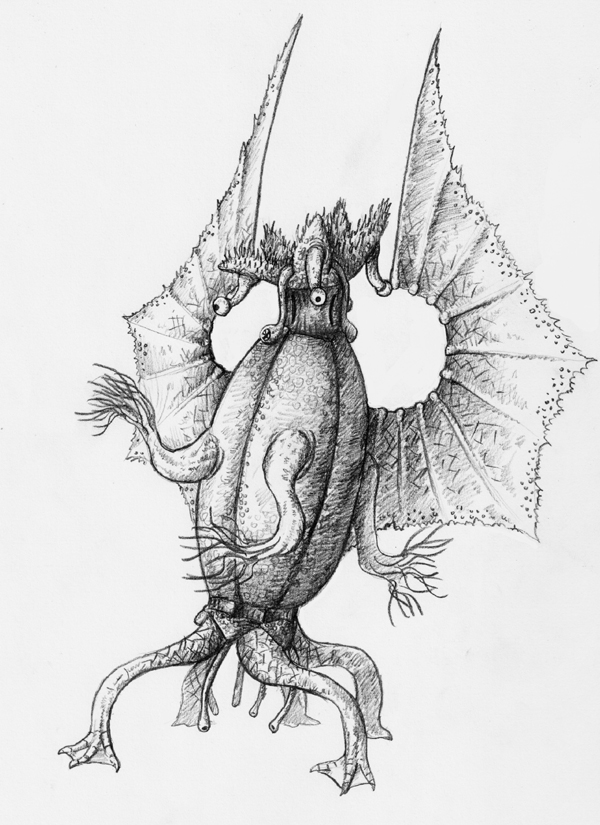
...and how they appear in Paradox Vector so far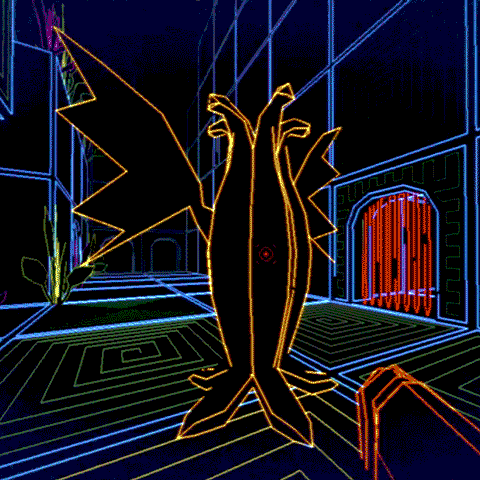
It should be mentioned that this Lovecraft inspired aspect of the game is still being worked on. I have updated the game's description and the introduction, but have not yet added any of the new content to the Early Access version yet.
About Vector Graphics
I think vector graphics offer game developers a unique opportunity to explore an under-served aspect of game design. Vector graphics went out of style in the mid 1980's. They formed the foundation of 3D graphics that soon took over gaming in the 1990's, but the late 80's were fairly dominated by pixel graphics.
This is a very early vector based game shown on an oscilloscope - photo credit to Autopilot on Wikimedia Commons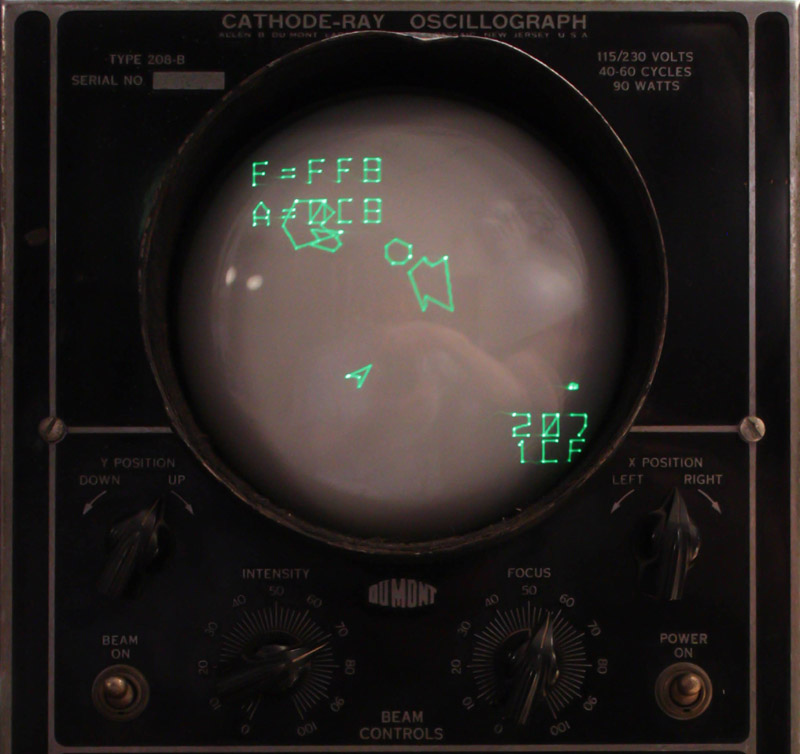
Since 2010 or so, there has been a wild resurgence of old school looking pixel games. While more and more realistic 3D graphics are the realm of the AAA companies, indie developers have found a less time consuming and budget friendly approach through low resolution pixel games. However, this trend seems to be playing itself out. I think there is also another trend in hand drawn graphics, as seen in games like Cuphead, Hollow Knight and my own small contribution to the genre Rocket Blasters.
Rocket Blasters - a hand drawn space shoot-em-up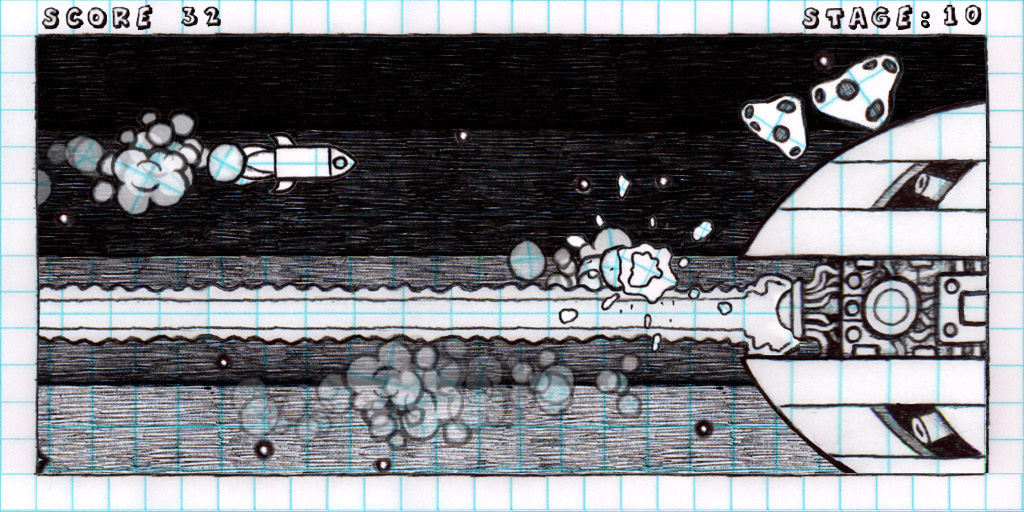
While modern Indie games have taken pixel art to new levels of beauty, complexity and innovation, I long to see what the game development community might accomplish with a different type of limitation to work with. Vectors provide a unique look and interesting approach to graphics that I would love to see explored further. With the more powerful computers we have at our disposal, I think that some truly unique art might result if the parts of the community adopt this graphic style.
One roadblock to this vision is that most modern game engines do not offer an easy, built-in way to generate game objects with a vector graphics look. With pixel art, most game engines are set up to use them, even 3D engines like Unity has this option.
Vector Graphics - The New Retro
I wrote about this in more detail here Indiedb.com
Making a Modern Vector Graphics Game
I also described how I was able to produce vector graphics, here: Indiedb.com
A few more Images of Paradox Vector in its current state